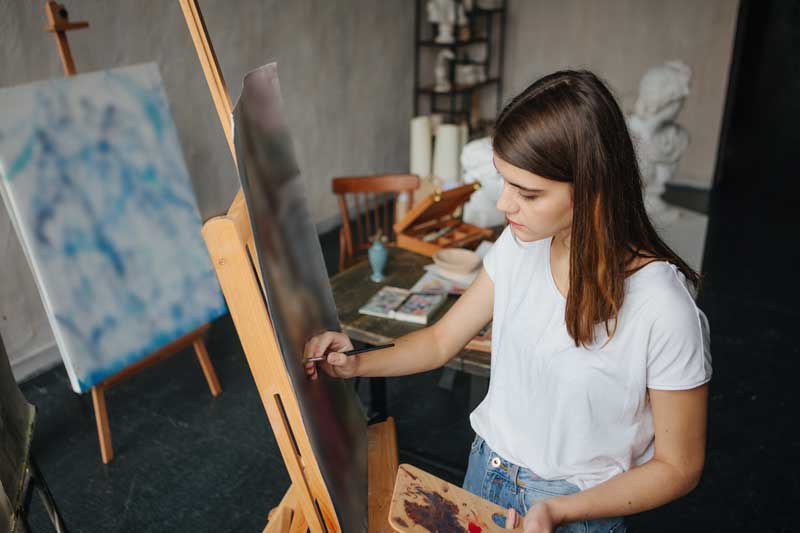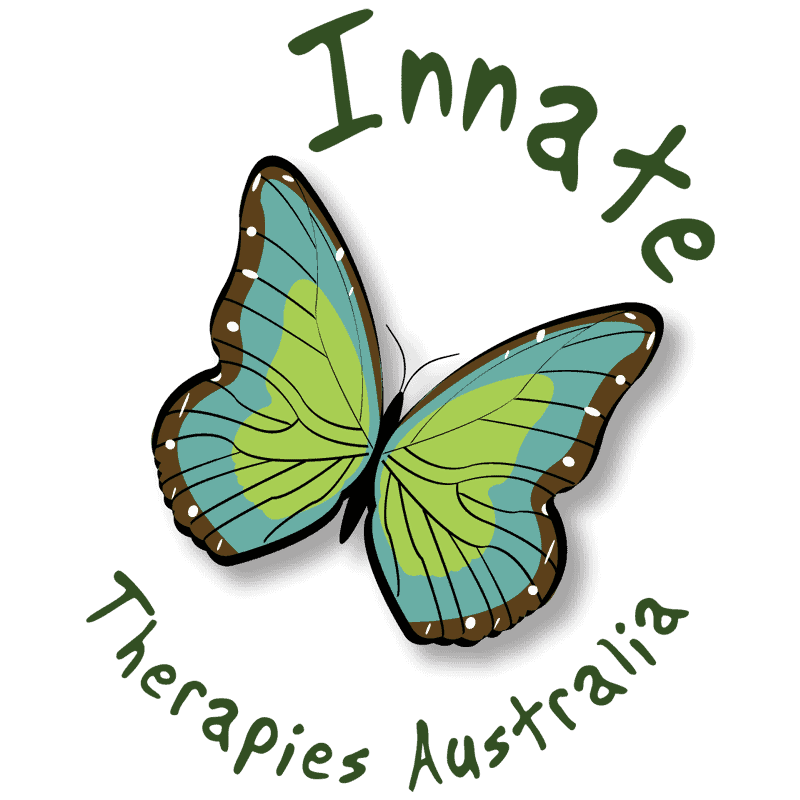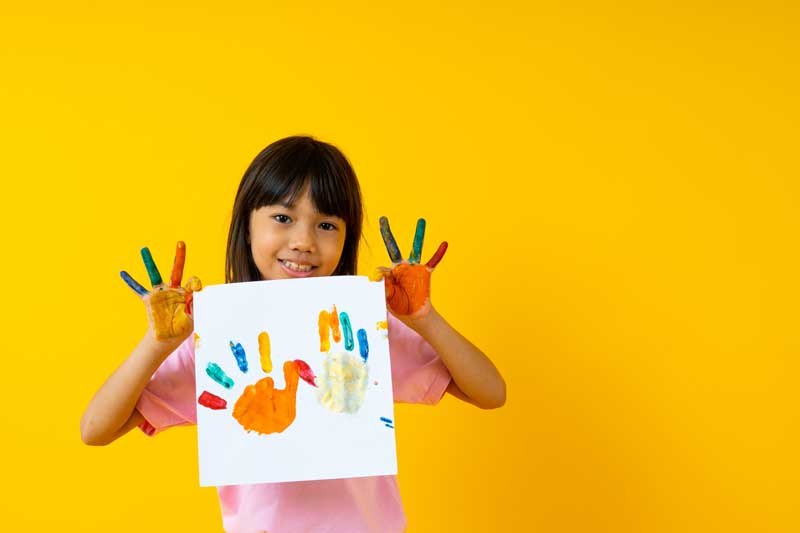In recent years, art therapy has gained attention as a unique, effective approach to mental health care and personal healing. Unlike traditional talk therapy, art therapy helps people express their emotions and experiences in a creative way. It goes beyond words and taps into deeper parts of the mind. By engaging in creative processes like drawing, painting, sculpting, or collage, people are able to process their emotions in a safe, non-judgmental environment.
What is Art Therapy?
Art therapy is a form of psychotherapy that uses art-making as a mode of communication and expression. Developed in the mid-20th century, art therapy combines the principles of psychology and visual arts to help individuals express themselves. Unlike art classes that focus on technique or aesthetics, art therapy prioritises the process of creation over the final product.
Our certified art therapists run art therapy sessions. They help people with creative activities. This allows individuals to discover and understand their feelings and thoughts. We create a supportive environment where people feel free to explore their inner worlds, fostering a therapeutic process that enables growth, insight, and emotional release.
How Does Art Therapy Work?
Art therapy is grounded in the idea that creative expression can be a path to healing and self-discovery. Here’s how it works:
- Non-Verbal Expression: Often, emotions and experiences are difficult to express in words. Art provides an alternative outlet, allowing people to convey thoughts and feelings they may not fully understand or be able to articulate.
- Engagement of the Right Brain: Art therapy taps into the brain’s right hemisphere, which is associated with emotions, intuition, and creativity. By engaging in creative activities, people can access parts of the brain that are often less involved in traditional talk therapy, providing unique insights.
- Mind-Body Connection: Art-making is a physical activity that can have a calming effect on the nervous system. Engaging the body in creative processes can reduce stress and promote relaxation, which enhances the healing potential of therapy.
- Reflection and Insight: During an art therapy session, individuals can reflect on their creations with the help of a therapist. This process encourages deeper self-awareness and helps people draw connections between their art and inner experiences.
The Therapeutic Power of Art Therapy
Art therapy has proven to be highly effective across a wide range of mental health conditions, offering unique benefits in each case. Let’s explore some of these benefits and how they facilitate healing.
1. Providing a Safe Outlet for Emotions
Art therapy offers a secure, non-judgmental environment for individuals to explore their emotions. The act of creating allows people to:
- Externalize Internal Struggles: Art enables people to project their emotions and experiences onto the canvas, clay, or other mediums, creating a sense of distance that makes these struggles easier to face.
- Reduce Anxiety and Stress: The focus on creative expression can act as a form of mindfulness, drawing attention away from worries and allowing the mind to rest.
- Release Suppressed Emotions: Some people may struggle to express or even acknowledge certain emotions. Art-making can unlock these feelings, allowing for a cathartic release.
2. Enhancing Self-Awareness and Insight
Art therapy promotes self-exploration, which can lead to breakthroughs in understanding personal issues. Through art, individuals can:
- Recognize Patterns: People often create themes and patterns in their art that may reflect recurring issues or relationships. These patterns can provide valuable insight into their mental and emotional states.
- Gain New Perspectives: The process of creating and then examining art with a therapist can lead to realisations about one’s life experiences and relationships.
- Reflect on Progress: Keeping a collection of artwork over time allows individuals to look back and see changes in themes, colours, and shapes, which may reflect healing and growth.
3. Building Emotional Resilience
Art therapy fosters emotional resilience, helping individuals cope with stress and adversity. This resilience can be developed by:
- Experimenting with New Ideas and Perspectives: Art encourages people to take risks, try new things, and explore alternative ways of thinking, which can build confidence and flexibility.
- Creating Mastery Through Practice: Learning new art techniques or completing projects can foster a sense of accomplishment, boosting self-esteem and resilience.
- Developing Healthy Coping Skills: The emotional release that art therapy provides can help individuals build healthier coping mechanisms, replacing harmful habits with creative expression.
4. Reconnecting with the Self and Identity
For people who have experienced trauma, loss, or identity-related issues, art therapy can help reconnect with their authentic selves. This can happen by:
- Rediscovering Personal Strengths: Art allows individuals to discover aspects of themselves they may have forgotten or lost touch with, such as creativity, sensitivity, or inner strength.
- Reclaiming Identity: For those who feel disconnected from their identity due to trauma or life changes, art therapy provides a medium to rebuild and redefine a sense of self.
- Expressing Unique Perspectives: Every person’s art is unique, reflecting their personal experiences, emotions, and worldviews, which helps validate their sense of individuality.

Art Therapy Techniques and Activities
A wide range of techniques and activities are used in art therapy, each tailored to meet the needs and preferences of the individual. Here are some commonly used methods:
1. Drawing and Painting
Drawing and painting allow for free expression and experimentation. Individuals can play with colours, shapes, and textures to represent their feelings. Colours, in particular, can evoke and express emotions, with darker tones often representing sadness or anger, while lighter colours may represent peace or joy.
Technique: Art therapists might guide participants to use colours or shapes to represent specific feelings, encouraging reflection on why they chose each element.
2. Collage and Mixed Media
Creating a collage using magazine clippings, photographs, and various textures is a versatile activity that allows for self-expression and exploration of identity. Collages can represent complex emotions or experiences by combining various visual elements.
Technique: Individuals might create a “vision board” representing their goals or a “mood board” that reflects current emotions. Collage encourages spontaneity and helps people integrate different aspects of their identity.
3. Clay and Sculpting
Sculpting provides a tactile experience that can be grounding and calming. Working with clay or other malleable materials allows individuals to work through emotions physically, which can be particularly beneficial for people who have difficulty expressing themselves verbally.
Technique: Sculpting may involve creating symbolic objects or figures that represent aspects of the individual’s life, allowing them to mould and shape their feelings in a tangible form.
4. Mandala Creation
Mandala drawing or colouring is a mindful practice that encourages concentration and promotes relaxation. Mandalas are circular designs that are often used to symbolise wholeness, balance, and harmony.
Technique: Individuals may create their own mandalas or colour pre-drawn ones, focusing on the process rather than the result. This technique is particularly effective for calming the mind and reducing stress.
5. Journaling and Visual Diaries
Combining writing with art, visual diaries allow individuals to record daily thoughts, experiences, and feelings alongside drawings, paintings, or collages. This can be a powerful way to reflect on emotions and track progress over time.
Technique: Visual diaries encourage self-reflection. Individuals can add to their diary daily or weekly, using both images and words to capture their personal journey.
Who Can Benefit from Art Therapy?
Art therapy can be beneficial for people of all ages and backgrounds. It has shown to be especially effective for:
Children and Adolescents: Art therapy provides a non-verbal way for young people to express themselves, which can be helpful for children who struggle with language or find it difficult to share their feelings openly.
People Experiencing Trauma or PTSD: Individuals who have experienced trauma may find it difficult to discuss their experiences. Art therapy allows them to process and release painful memories in a safe environment.
Individuals Coping with Anxiety, Depression, or Grief: For those experiencing intense emotions, art therapy offers a constructive outlet. It provides a way to process feelings of sadness, anxiety, and loss without the need for words.
Patients with Chronic Illnesses or Disabilities: Art therapy can improve quality of life for those with chronic illnesses or disabilities by offering a space to cope with physical challenges and process emotions related to their health.
The Healing Power of Art Therapy
Art therapy is a powerful and versatile tool that goes beyond traditional forms of mental health treatment. It enables individuals to explore their inner worlds creatively, fostering self-awareness, resilience, and healing.
By focusing on the process of creation, art therapy provides an accessible, non-verbal means of expressing emotions and experiences, making it especially valuable for those who struggle to communicate their feelings.
For those who find words inadequate to convey their experiences, art therapy provides a safe and supportive environment to engage with complex emotions, explore their identities, and achieve personal growth.
Through this unique approach, people of all ages and backgrounds can find solace, insight, and empowerment, embarking on a transformative journey toward emotional well-being.
Call Innate Theparies to start your journey.

